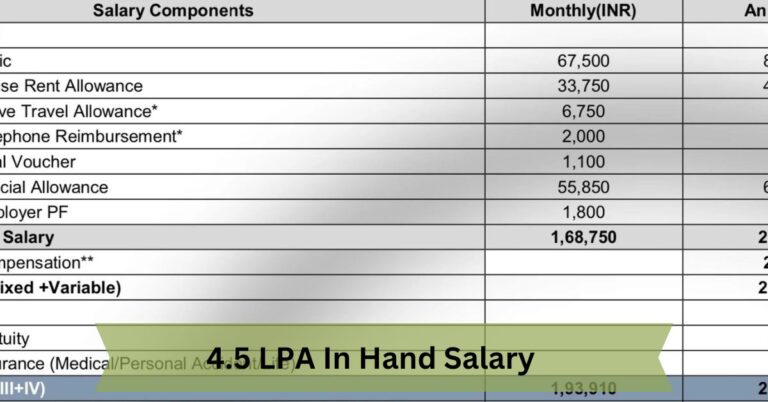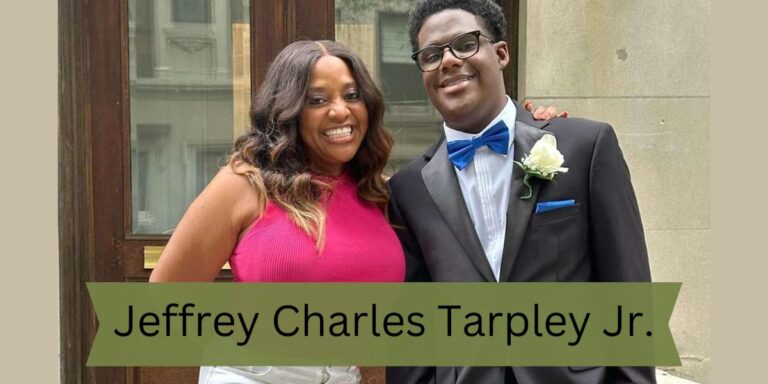6 Types of Communities Professional Management Teams Work With
Subdivisions, condominium developments, and active adult communities have developed in many urban and suburban cities. Homeowners associations (HOAs) hire community management businesses to maintain the beauty, amenities, and value of their neighborhood. Board members and volunteers from the community are responsible for the maintenance planning, neighborhood beautification projects, and association finances. Community management teams offer professional services that can help plan, manage projects, and provide financial services. Here are six different communities that management teams work with:
1. Single-family Homes and HOAs
Smaller subdivisions with single-family homes often have HOAs. These help maintain the area’s aesthetic, lower homeowners’ maintenance costs, and build a sense of community. Homeowners pay HOA dues and are responsible for the required upkeep of their property. Community members volunteer, get voted into board groups, and are responsible for planning and keeping the neighborhood clean and formal.
Community fees go toward hiring companies that provide routine maintenance, such as curb, gutter, and weather damage-related cleaning in outdoor spaces. The money also helps to provide for community events and activities. This can be a big task for board members and volunteers. Professional community management teams can organize, plan, and oversee projects. They can also manage the money for billing, getting price quotes, and creating budgets for the associations.
2. Condominium Communities
Condominium developments provide housing for more people in smaller areas, reducing the land impacted by growing neighborhoods. These developments have community organizations that maintain and provide recreational spaces like tennis courts, playgrounds, pools, and a commons center. Like HOAs, these board members will hire management professionals to navigate the Common Interest Ownership Act laws, plan maintenance, and schedule events. They can also help maintain a schedule for using the commons area when residents have parties or family celebrations to prevent overscheduling.
3. Active Adult Communities
Some communities are age-restrictive and are for older and retired people. These are called active adult communities. These are developed to provide comfortable and easy living spaces for elderly people who are still active. Centered around comfortable, relaxing spaces with plenty of activities, these communities are centered around providing for active retirees.
Timely record keeping and utilizing city and county resources are a part of running these communities. They may also need help learning newer technologies like home security and smart home systems. Management professionals are trained to manage resources, activities, events, and training for members of these communities.
4. Mid Rise, High Rise, and Estates
Some communities are part of a single property, such as mid- and high-rise buildings or estates, with a staff that helps maintain the property. Mid- and high-rise buildings have internal operating systems like elevators, intercoms, and inspection lists. They hire management businesses to operate these systems and oversee governing document compliance.
Estates might have similar systems for their central home and extra buildings and spaces. The property owner often hires a management team to operate the property. These teams can help organize staff duties, wages, and planned maintenance of these properties. Some estates operate as resorts and retreats. Management businesses will help oversee finances, itineraries, and scheduling.
5. Large Scale Communities
When individual communities like HOAs, condominiums, and active adults conjoin, they can form large-scale communities. Management businesses will act as liaisons between the individual associations to coordinate adherence to and responsibilities of each community’s governing documents. This helps with compliance enforcement and project coordination, preventing any delays in maintenance and financial requirements.
6. Home Developers
Communities start with residential developers who establish the community structure, implement the guidelines, and maintain the common areas. Many developers will have multiple locations under development, with homeowners moving in before completion. Management teams work with developers to create declarant-controlled communities. They will help with the transition to the association and can stay on board, maintaining the planning and coordination of the community. This will help the developers maintain the brand legacy, be cost-effective, and keep prices competitive.
Finding a Community Management Team
Beatification projects, disaster clean-up, and building recreational areas in communities take planning, organization, and money management. Hiring a management team for the community provides a central planning group skilled in organizing such situations. They have construction, landscaping, and security companies that work with them, making it easier to get projects done. Find a reputable community management company today.






